Amazon FBA sellers earn an average annual income of $29,412, which translates to approximately $2,451 per month, $612 per week, or $14.13 per hour.
New sellers typically start with modest profits but can scale significantly with proper strategy and dedication.
This guide reveals actual earnings data, profit margins, and proven strategies for maximizing your FBA income potential.
Note: These earnings figures are based on available data for informational purposes only. Individual results vary significantly. This is not financial advice. Amazon FBA involves business risks with no guaranteed profits.
How Much Can You Make On Amazon FBA As A Seller?
Amazon FBA sellers generate varying income levels, with new sellers averaging nearly $30,000 annually in profits. Experienced sellers often exceed $100,000 yearly, while top performers reach seven-figure revenues.
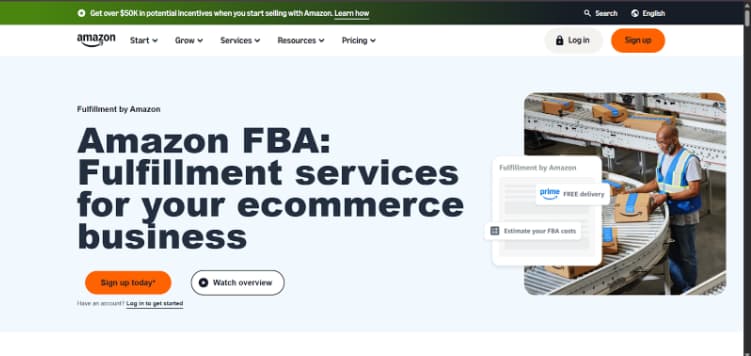
Your earnings depend on product selection, marketing skills, and time investment. Understanding if Amazon FBA is worth it requires examining these income ranges alongside the time and capital investment required.
What Are The Average Monthly Sales For Amazon Sellers?
Sales figures vary significantly among Amazon sellers, with successful strategies leading to consistent growth patterns across different experience levels.
| Monthly Income | Percentage of Sellers |
|---|---|
| Under $500 | 31% |
| $501-$1,000 | 17% |
| $1,001-$5,000 | 22% |
| $5,001-$10,000 | 11% |
| $10,001-$25,000 | 7% |
| $25,001-$50,000 | 5% |
| $50,001-$100,000 | 4% |
| Above $100,000 | 2% |
Most sellers fall within the $1,000-$5,000 monthly range, while 19% surpass $10,000 in monthly sales. Understanding profit margins becomes crucial for calculating actual take-home earnings.
How Much Do Amazon Sellers Profit?
Profit margins determine your actual earnings after expenses, making this metric more valuable than gross sales figures. Over half of Amazon sellers maintain profit margins above 10%, with 28% achieving margins exceeding 20%. The 13% unprofitable sellers typically represent newcomers still optimizing their operations.
| Profit margin for SMB sellers | Percent of sellers |
|---|---|
| ~1-5% | 12% |
| 6-10% | 16% |
| 11-15% | 13% |
| 16-20% | 15% |
| 21-25% | 15% |
| 26-50% | 13% |
| 51-100% | 1% |
| Not currently profitable | 13% |
Strong profit margins indicate efficient business management and smart product selection. Many sellers compare Amazon FBA vs FBM to determine which fulfillment method offers better profit potential.
Timeline expectations play a crucial role in planning your FBA journey and setting realistic income goals.
How Long Does It Take To Become Profitable On Amazon?
Most Amazon sellers achieve profitability within their first year, with 58% reaching positive cash flow during this period.
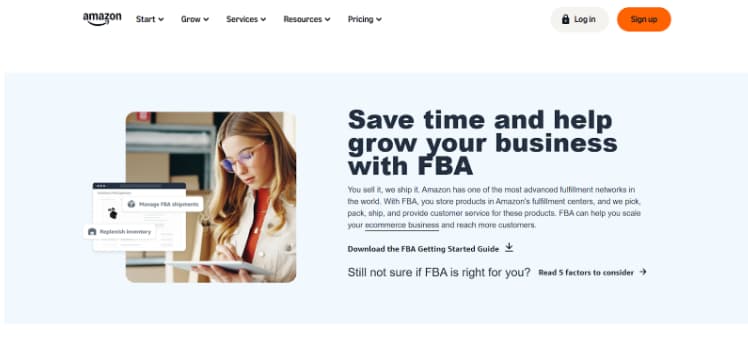
Specifically, 22% become profitable within three months, 16% between three to six months, and 20% within six months to one year. Only 13% require more than two years to achieve profitability.
How Can I Start An Amazon FBA Business?
Starting your FBA business requires systematic planning and execution to maximize your chances of success.
Step 1: Research Profitable Products
Use advanced profit calculating tools and market research software to systematically identify products with high consumer demand and minimal competition levels.
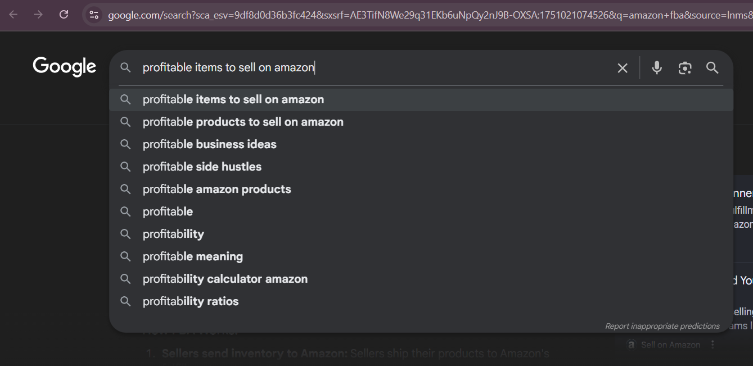
And also find healthy profit margins that ensure sustainable business growth and long-term success.
Step 2: Source Your Products
Contact verified manufacturers through established platforms, such as Alibaba, and attend relevant trade shows to capitalize on networking opportunities.
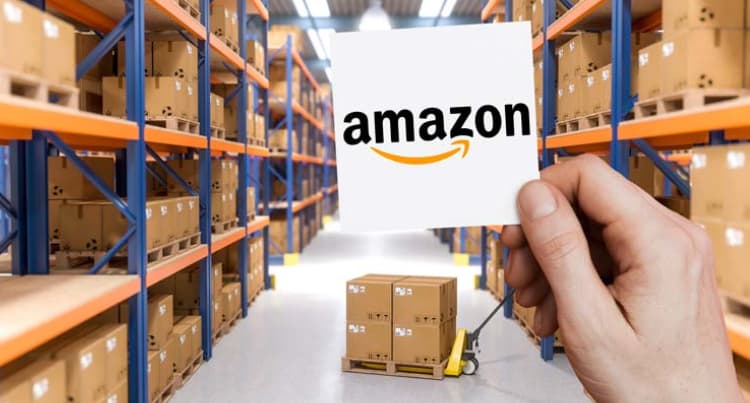
You can also collaborate with domestic suppliers to secure reliable inventory sources while negotiating favorable terms and pricing.
Step 3: Create an Amazon Seller Account
Register for an Amazon Seller Central account and carefully choose between the Individual plan ($0.99 per sale).
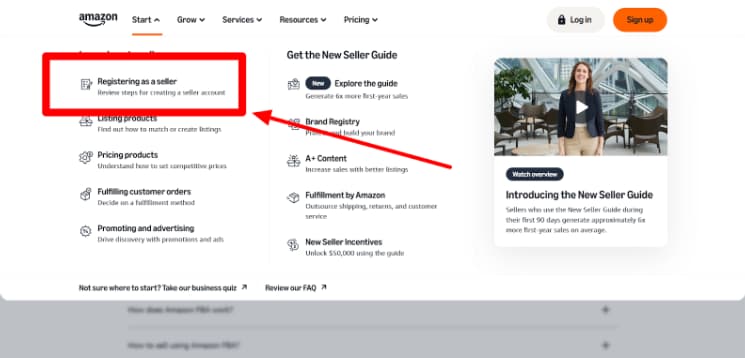
Otherwise, go for the Professional plan ($39.99 monthly) based on your projected sales volume and business requirements.
Step 4: Prepare Product Listings
Write compelling, keyword-rich titles and detailed descriptions with optimized bullet points that highlight key benefits.
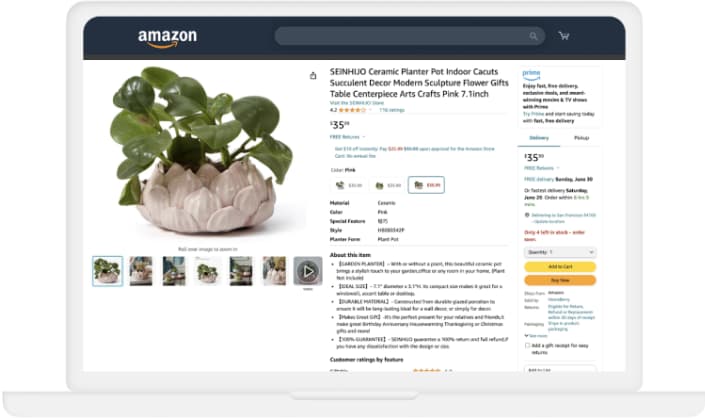
Incorporate relevant search terms to maximize visibility and conversion rates for potential customers.
Step 5: Send Inventory to Amazon
Ship products to designated fulfillment centers following Amazon’s precise packaging requirements, labeling specifications, and shipping guidelines.
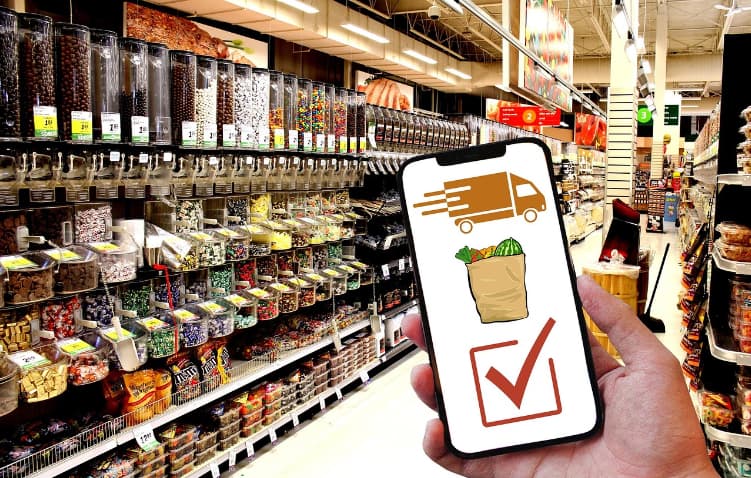
This is to ensure smooth processing and avoid costly delays or rejections from the platform.
Step 6: Launch Marketing Campaigns
Start targeted Amazon PPC advertising campaigns, and actively gather customer reviews through follow-up sequences.
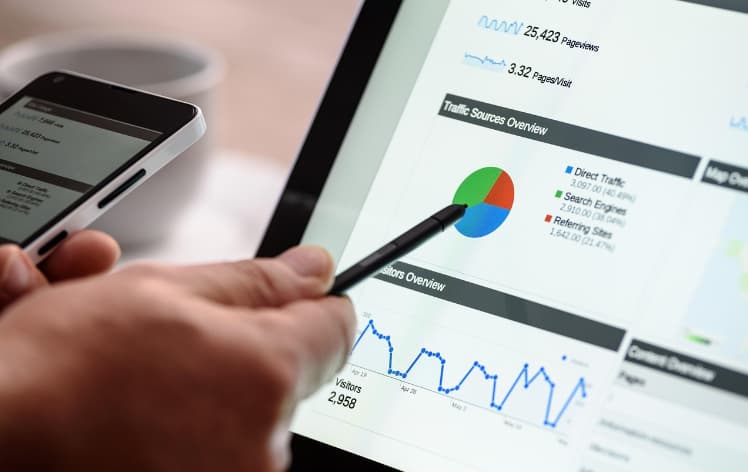
Continuously optimize listings based on performance analytics, conversion data, and valuable customer feedback insights.
Step 7: Monitor and Scale
Track key performance metrics regularly, reinvest generated profits into expanding inventory levels, develop successful product lines into broader categories.
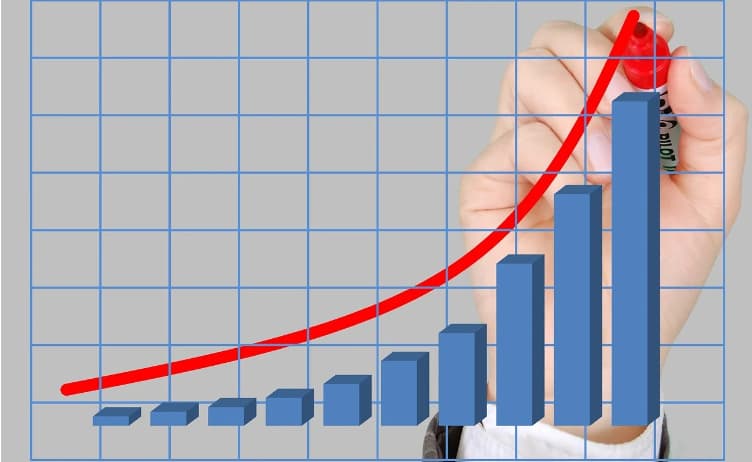
Systematically eliminate underperforming products to maximize overall profitability and growth.
Following these steps systematically increases your chances of building a profitable FBA business.
Now, let’s examine specialized roles within the Amazon ecosystem.
Top 5 High-Paid Amazon FBA Seller Jobs
Specialized positions within Amazon’s ecosystem offer substantial earning potential for experienced professionals seeking employment opportunities.
| Job Role | Annual Earnings | Monthly Earnings | Hourly Wage |
|---|---|---|---|
| Amazon Seller Specialist | $211,935 | $17,661 | $101.89 |
| Radio Ad Sales | $71,999 | $5,999 | $34.61 |
| Amazon PPC Manager | $58,265 | $4,855 | $28.01 |
| Conversion Optimization Specialist | $55,794 | $4,649 | $26.82 |
| Amazon Maintenance Tech | $46,741 | $3,895 | $22.47 |
These positions require specific skills and experience but offer stable income compared to entrepreneurial selling. Understanding factors affecting seller income helps optimize your earning potential.
Factors Affecting FBA Seller Income
Several key elements influence your potential earnings as an Amazon FBA seller, requiring careful attention and optimization.
1. Product Selection: Choosing high-demand, low-competition products with healthy margins directly impacts profitability and long-term success potential.
2. Competition Level: Markets with fewer competitors allow higher prices and better margins, while saturated niches require aggressive pricing strategies.
3. Marketing Skills: Effective PPC campaigns, listing optimization, and review generation significantly boost visibility, sales velocity, and overall revenue.
Many successful sellers utilize Amazon statistics to inform their marketing decisions and identify emerging trends.
4. Initial Investment: Higher upfront capital enables bulk purchasing, better margins, and faster scaling through inventory reinvestment and expansion.
5. Time Commitment: Sellers dedicating more hours to research, optimization, and customer service typically achieve higher revenues and faster growth.
Mastering these factors creates competitive advantages and sustainable income growth. This leads to the fundamental question about FBA viability.
Is FBA a Good Way To Make Money?
Amazon FBA offers legitimate income potential with 30% of sellers earning over $50,000 in lifetime profits. Success requires dedication, proper research, and realistic expectations about the timeline and effort required for profitability.
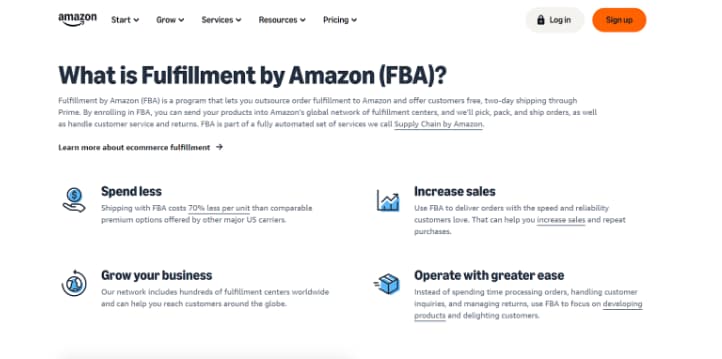
Some established sellers eventually consider Amazon FBA businesses for sale as exit strategies or expansion opportunities.
Successful sellers often rely on market research tools, with many comparing options like Helium 10 vs AMZScout to determine which software best suits their research and optimization needs.
Related Reads:
Conclusion: FBA Offers Significant Income Potential
Amazon FBA presents real opportunities for generating substantial income, with average sellers earning nearly $30,000 annually and top performers reaching six-figure revenues.
Success depends on product research, marketing execution, and consistent effort over time. While 13% of sellers haven’t achieved profitability yet, 87% generate positive returns with proper strategy implementation.
Start your FBA journey today by researching profitable products and taking the first step toward financial independence.
FAQ
Most successful sellers start with $1,000-$5,000, covering initial inventory, Amazon fees, and basic marketing expenses for their first product launch.
25% of sellers started with less than $1,000 and no prior experience, achieving profitability through dedication and learning from available resources.
Gross sales represent total revenue before deducting Amazon fees, product costs, advertising spend, and other business expenses that reduce final profits.
Most successful sellers work 10-20 hours weekly, with 71% spending fewer than 20 hours managing their businesses after initial setup.
Failed inventory can be returned or disposed of through Amazon, though you’ll lose invested capital and time spent building the business.

